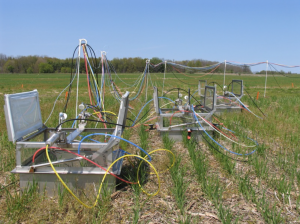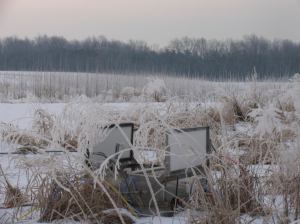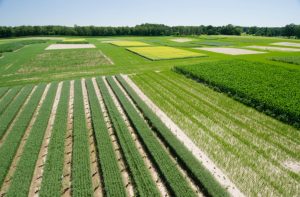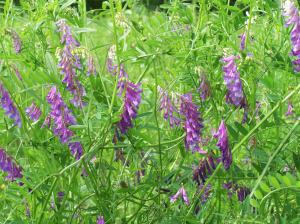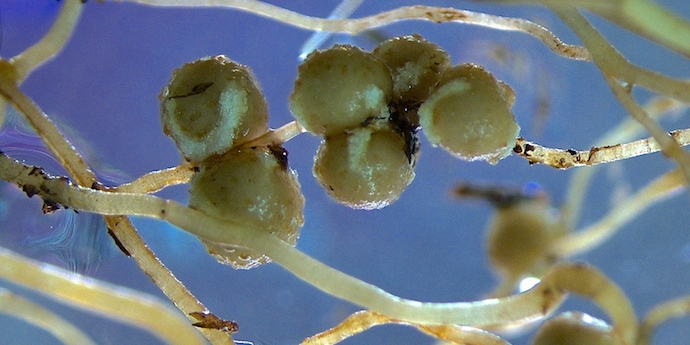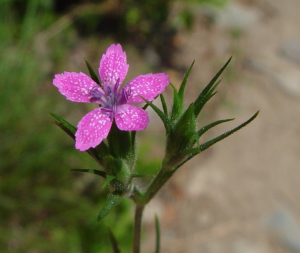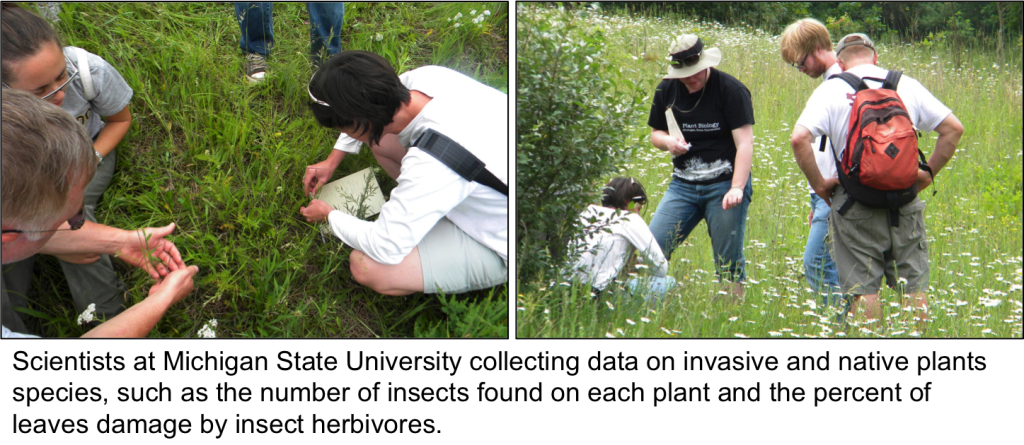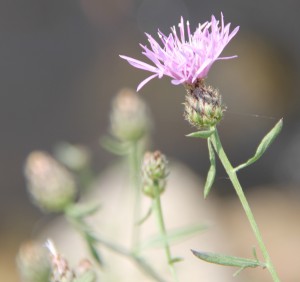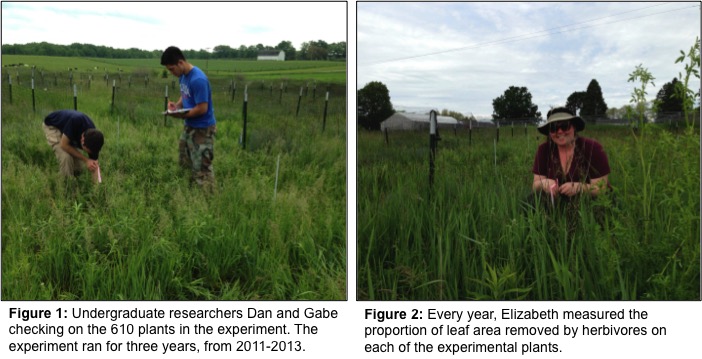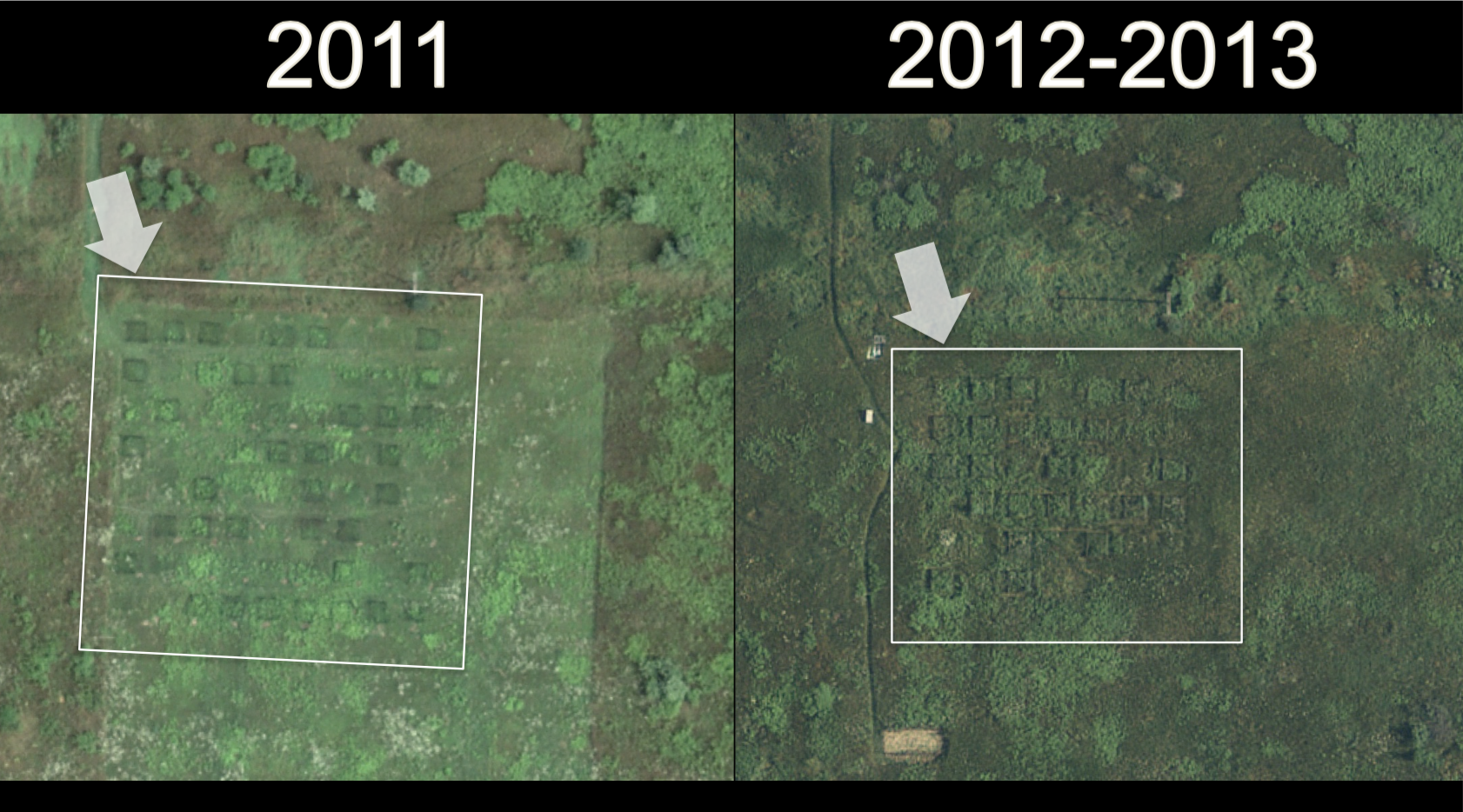The activities are as follows: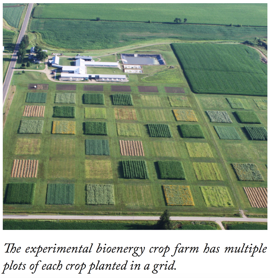
- Teacher Guide
- Student activity, Graph Type A, Level 3
- Student activity, Graph Type B, Level 3
- Student activity, Graph Type C, Level 3
- Grading Rubric
Éste Data Nugget también está disponible en Español:
- Actividad para estudiantes, Tipo de gráfica A
- Actividad para estudiantes, Tipo de gráfica B
- Actividad para estudiantes, Tipo de gráfica C
Most of us use fossil fuels every day to power our cars, heat and cool our homes, and make many of the products we buy. Fossil fuels like coal, oil, and natural gas come from plants and animals that lived and died hundreds of millions of years ago – this is why they’re called “fossil” fuels! These ancient energy sources have many uses, but they also have a major problem. When we use them, fossil fuels release carbon dioxide into the atmosphere. As a greenhouse gas, carbon dioxide traps heat and warms the planet. To avoid the serious problems that come with a warmer climate, we need to transition away from fossil fuels and think of new, cleaner ways to power our world.
Biofuels are one of these alternatives. Biofuels are made out of the leaves and stems (called biomass) of plants that are alive and growing today. When harvested, the biomass can be converted into fuel. Plants take in carbon dioxide from the atmosphere to grow. It’s part of the process of photosynthesis. In that way, biofuels can create a balance between the carbon dioxide taken in by plants and what is released when burning fuels.
At the Great Lakes Bioenergy Research Center, scientists and engineers work together to study how to grow plants that take in as much carbon as possible while also producing useful biofuels. Gregg is one of these scientists and he wants to find out how much biomass can be harvested from different plants like corn, grasses, trees, and even weeds. Usually, the bigger and faster a plant grows, the more biomass they make. When more biomass is grown, more biofuels can be produced. Gregg is interested in learning how to produce the most biomass while not harming the environment.
While biofuels may sound like a great solution, Gregg is concerned with how growing them may affect the environment. Biofuels plants come with tradeoffs. Some, like corn, are great at quickly growing to huge heights – but to do this, they often need a lot of fertilizer and pesticides. These can harm the environment, cost farmers money, and may even release more of the greenhouse gasses we are trying to reduce. Other plants might not grow so fast or so big, but also don’t require as many chemicals to grow, and can benefit the environment in other ways, such as by providing habitat for animals. Many of those plants are perennials, meaning that they can grow back year after year without replanting (unlike corn). Common biofuel perennials like switchgrass, Miscanthus grass, prairie grasses, and poplar trees require fewer fertilizers and pesticides to grow, and less fossil fuel-powered equipment to grow and harvest them. Because of this, perennials might be a smart alternative to corn as a source of biofuels.
Believing in the power of perennials, Gregg thought that it might even be possible to get the same amount of biomass from perennials as is normally harvested from corn, but without using all of the extra chemicals and using less energy. To investigate his ideas, Gregg worked together with a team to design a very big experiment. The team grew many plots of biofuel plants on farms in Wisconsin and Michigan, knowing that the soils at the site in Wisconsin were more nutrient-rich and better for the plants they were studying than at the Michigan site. At each farm, they grew plots of corn, as well as five types of perennial plots: switchgrass, Miscanthus grass, a mix of prairie plant species, young poplar trees, and weeds. For five years, the scientists harvested, dried, and weighed the biomass from each plot every fall. Then, they did the math to find the average amount of biomass produced every year by each plot type at the Wisconsin and Michigan sites.
Featured scientist: Dr. Gregg Sanford from University of Wisconsin-Madison. Written with Marina Kerekes.
Flesch–Kincaid Reading Grade Level = 8.9
 This Data Nugget was adapted from a data analysis activity developed by the Great Lakes Bioenergy Research Center (GLBRC). For a more detailed version of this lesson plan, including a supplemental reading, biomass harvest video and extension activities, click here.
This Data Nugget was adapted from a data analysis activity developed by the Great Lakes Bioenergy Research Center (GLBRC). For a more detailed version of this lesson plan, including a supplemental reading, biomass harvest video and extension activities, click here.
This lesson can be paired with The Science of Farming research story to learn a bit more about the process of designing large-scale agricultural experiments that need to account for lots of variables.
For a classroom reading, click here to download an article written for the public on these research findings. Click here for the scientific publication. For more bioenergy lesson plans by the GLBRC, check out their education page.
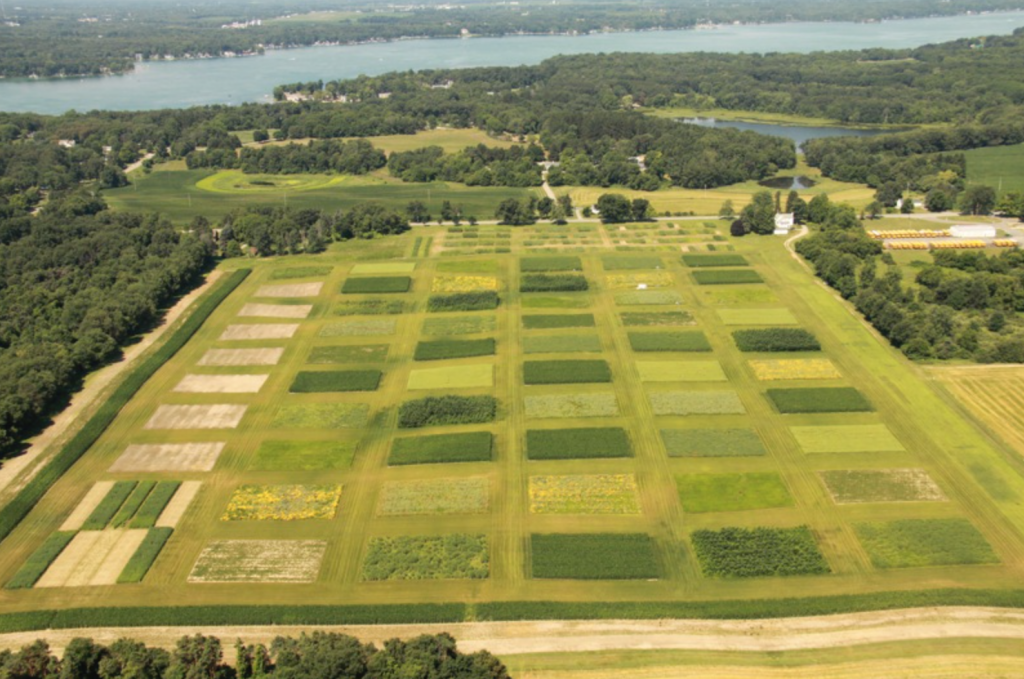
Aerial view of GLBRC KBS LTER cellulosic biofuels research experiment; Photo Credit: KBS LTER, Michigan State University
For more photos of the GLBRC site in Michigan, click here.
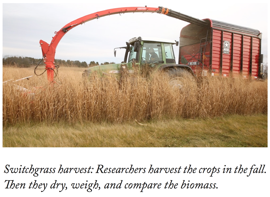
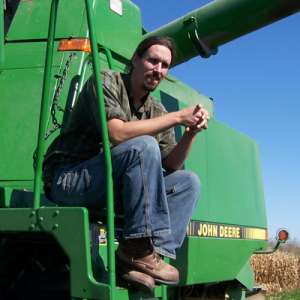

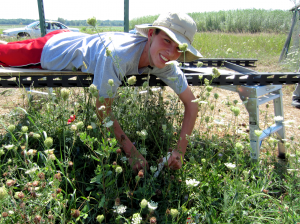
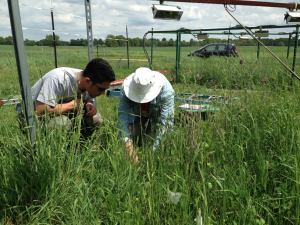

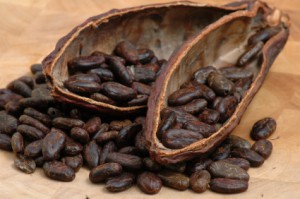

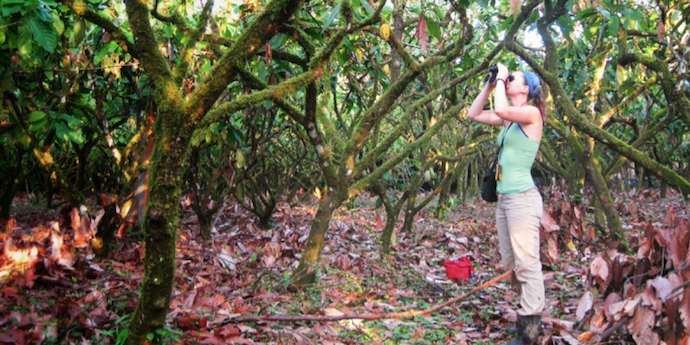
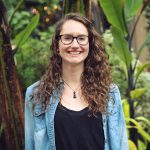 About Skye: As a child Skye was always asking why; questioning the behavior, characteristics, and interactions of plants and animals around her. She spent her childhood reconstructing deer skeletons to understand how bones and joints functioned and creating endless mini-ecosystems in plastic bottles to watch how they changed over time. This love of discovery, observation, questioning, and experimentation led her to many technician jobs, independent research projects, and graduate research study at Purdue University. At Purdue she studies the factors influencing oak regeneration after ecologically based timber harvest and prescribed fire. While Skye’s primary focus is ecological research, she loves getting to leave the lab and bring science into classrooms to inspire the next generation of young scientists and encourage all students to be always asking why!
About Skye: As a child Skye was always asking why; questioning the behavior, characteristics, and interactions of plants and animals around her. She spent her childhood reconstructing deer skeletons to understand how bones and joints functioned and creating endless mini-ecosystems in plastic bottles to watch how they changed over time. This love of discovery, observation, questioning, and experimentation led her to many technician jobs, independent research projects, and graduate research study at Purdue University. At Purdue she studies the factors influencing oak regeneration after ecologically based timber harvest and prescribed fire. While Skye’s primary focus is ecological research, she loves getting to leave the lab and bring science into classrooms to inspire the next generation of young scientists and encourage all students to be always asking why!